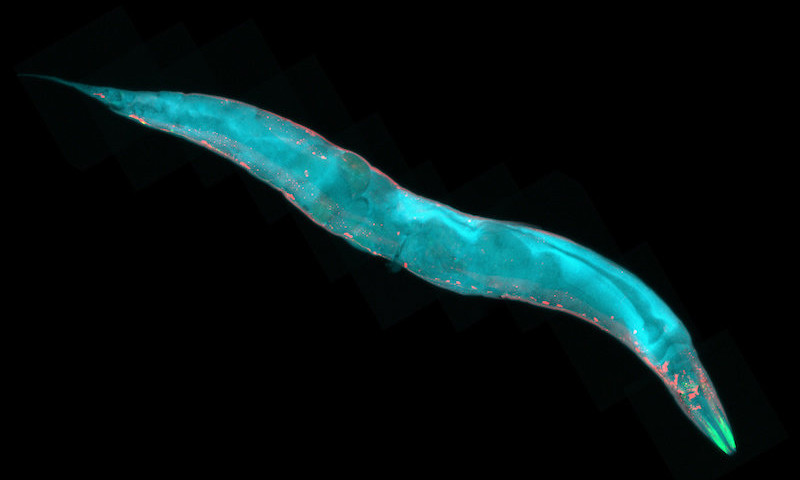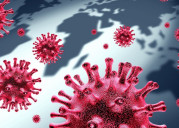Scientists identify pathways that extend lifespan by 500 percent

Kathmandu, January 11
Scientists and researchers have identified synergistic cellular pathways for longevity that amplify lifespan fivefold in Caenorhabditis elegans, a nematode worm used as a model in aging research. The increase in lifespan would be the equivalent of a human living for 400 or 500 years, according to one of the scientists.
As reported by the Science Daily, scientists at the MDI Biological Laboratory, in collaboration with scientists from the Buck Institute for Research on Aging in Novato, Calif., and Nanjing University in China, identified the synergistic cellular pathways for longevity that amplify lifespan fivefold in C. elegans.
The research draws on the discovery of two major pathways governing aging in C. elegans, which is a popular model in aging research because it shares many of its genes with humans and because its short lifespan of only three to four weeks allows scientists to quickly assess the effects of genetic and environmental interventions to extend healthy lifespan.
As per the scientists, because these pathways are "conserved," meaning that they have been passed down to humans through evolution, they have been the subject of intensive research. A number of drugs that extend healthy lifespan by altering these pathways are now under development. The discovery of the synergistic effect opens the door to even more effective anti-aging therapies.
The new research uses a double mutant in which the insulin signaling (IIS) and TOR pathways have been genetically altered. Because alteration of the IIS pathways yields a 100 percent increase in lifespan and alteration of the TOR pathway yields a 30 percent increase, the double mutant would be expected to live 130 percent longer. But instead, its lifespan was amplified by 500 percent.
"Despite the discovery in C. elegans of cellular pathways that govern aging, it hasn't been clear how these pathways interact," said Hermann Haller, M.D., president of the MDI Biological Laboratory, quoted as saying by Science Daily.
"By helping to characterize these interactions, our scientists are paving the way for much-needed therapies to increase healthy lifespan for a rapidly aging population," Haller added.
Scientist Pankaj Kapahi, Ph.D., of the Buck Institute, said that the discovery of the synergistic interaction could lead to the use of combination therapies, each affecting a different pathway, to extend healthy human lifespan in the same way that combination therapies are used to treat cancer and HIV.














